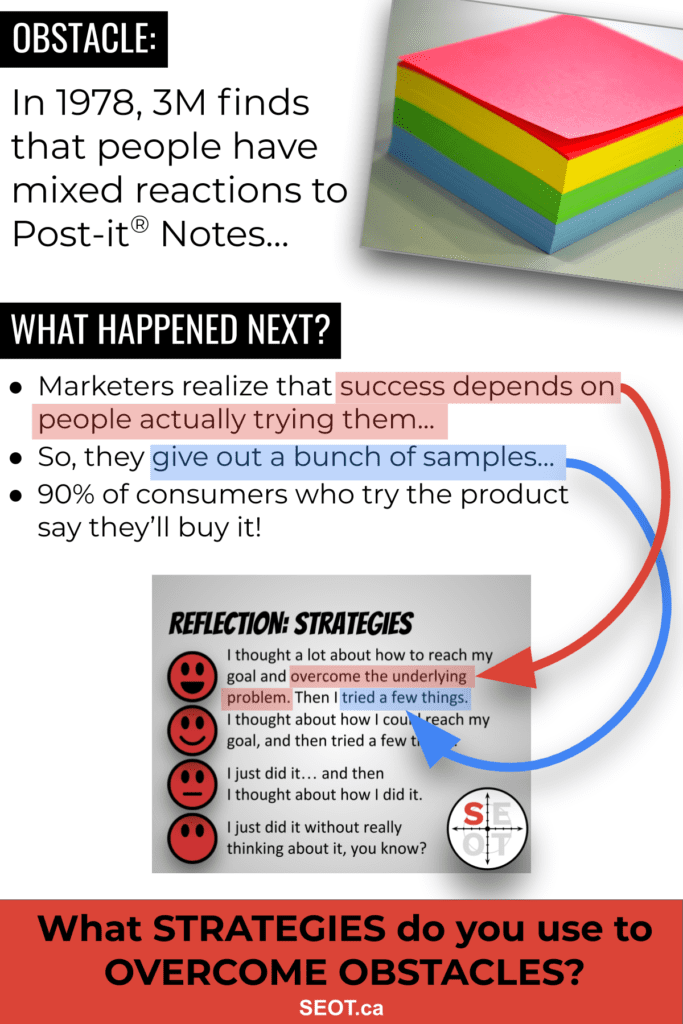In 1928, Alexander Fleming was a scientist exploring how bacteria can grow.
Before he went on vacation with his family, he set aside some bacteria to grow. Bacteria is incubated on culture plates. When he came back to his lab, he discovered that the cover of one of the dishes was accidentally left off.
Here’s how Alexander Fleming described what happened next:
“A mould spore had fallen and had begun to grow. I noticed another thing also. …the bacteria around the spot of mould had apparently disappeared while those some distance from it had continued to increase.”
ALEXANDER FLEMING
SOURCE: Woolf, S. J. (1945). Sir Alexander Fleming—Man of science and of Penicillin. American Scientist, 33(4), 242–252 as cited in K. Lalchhandama (2020). Reappraising Fleming’s snot and mould. Science vision, 20(1), 29–42
Fleming was curious. He would go on to explore the mould and see what happen with different types of bacteria. He went on to explore different types of mold to see whether they could also kill bacteria.
Eventually he would narrow down the antibacterial source as Penicillium.
Even then, many people in the medical community didn’t see this as an important discovery. It would take decades before a chain of events and other researchers would eventually lead to medical use and mass production.
This was the start of modern antibiotics. It happened because of an error, curiosity, and then a lot of work exploring and learning about the error.
SEOT is an acronym to help us get the most out of life. The T stands for Tinker.
(It’s explained more in the goal setting slideshow)
Watch SEOT YouTube Video #20:
SEOT Step to Success #20 is to PLAY WITH MISTAKES
When mistakes happen, we usually focus on fixing the error and moving on. Sometimes we feel embarrassed, or we want to hide the mistake or shift the blame.
But what if we took the time to explore what went wrong. What if we took the time to play with our errors and see what else happens?
If you working on a goal for a while – there will definitely be times when things didn’t go as planned.
Maybe you’re a runner and you just locked the front door when you discover you left your phone inside. Instead of going back in, why not run without your phone and see what happens.
- Maybe you will notice things differently if you don’t have music to sing along with.
- Maybe your mind will wander in a way that it doesn’t when you’re listening to an audiobook.
- Maybe it might feel nicer to run without having to carry your phone.
- Maybe you’ll feel better without notifications.
Explore the error.
- What if you didn’t have your phone at other times, too?
- What would it be like if you didn’t use your phone in the bathroom?
- What might happen if you left your phone at home? After all, there was a time when people weren’t always connected to the internet.
Think about your goal. What’s something that didn’t work?
When a mistake happens, you may not be in the headspace to think about it right away – you might feel embarrassed, frustrated, or disappointed.
But, later on when you’re not so close to the moment, give it some time and just play with the error. Who knows what you might accidentally discover?
Good luck!
(Hey, teachers! Check out this growth mindset lesson package or this 2021 New Year’s Resolution lesson plan!)
